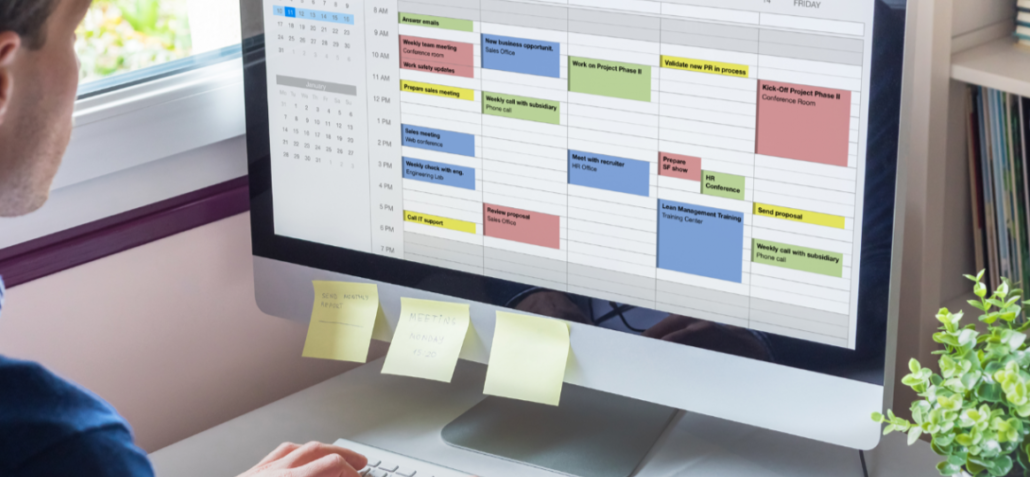 FITTING THE TASK TO THE TIME AT HAND
FITTING THE TASK TO THE TIME AT HAND
Originally printed in the Zweig Letter on December 27, 2020 by Megan Chang

Focus on getting stuff done and moving forward by fitting the tasks on your to-do list to either the time slot or energy you have available.
There are many ways to decide what to do with your time. I’m a completionist by nature, one of those strange individuals who views the act of crossing a task off the list and getting to move on to the next as its own reward. Coincidentally, the method I outline below focuses on getting stuff done and moving forward by fitting the task to either the time slot or energy you have available. This method isn’t meant to supplant tried and true time management practices such as the Eisenhower Decision Matrix, it’s meant to complement them.
The Eisenhower Decision Matrix helps you group tasks based on what’s important and what’s urgent, with tasks that are urgent and important having the greatest claim on your time and tasks that are unimportant and not urgent having the least claim on your time. When sorting through the tasks that are important, how well you can perform a task depends on the amount of time you have to work with and how alert you are.
When you’re pressed for time (think those 15-minute intervals between meetings), it’s best to tackle tasks that won’t take long to do. As a general rule, most of those tasks won’t take much brain power either. Responding to an email, delegating a task, and doing prep work for larger tasks are all excellent things to do with this time. You may be tempted to make a phone call or check in with a junior staff member, but unless you’re absolutely certain you can finish in the time slot you have without cutting them off, I suggest you leave it for a larger chunk of time.
- When you have medium-sized chunks of time (an hour or so), tackle those tasks that you know you have the energy for. If you’re a morning person, you’ll want to start and complete those tasks that require a lot of focus in the morning and leave more mind-numbing, repetitive tasks for when your brain isn’t operating at optimal capacity. Conversely, if you’re an evening person, start and complete your difficult tasks in the evenings and leave the drudgery for the morning hours when you’re still working on your third cup of coffee.
- In the AEC field, tasks that require focus will likely look like: performing quality control audits of documents, writing proposals, or doing more complex analyses. Tasks that won’t require as much focus will likely look like: performing routine analyses, backchecking documents that have already been edited, or writing up tasks to delegate to others.
- It is important to note that whether or not a task requires focus, it is still important to do it well; you just need more focus to do complex tasks well than you do repetitive tasks! And, if you find yourself doing a repetitive task often, it’s probably worth taking the time to train someone else in that task and start to delegate it.
- Lastly, tackle large, complex tasks that require a lot of focus during those long, luxurious chunks of the day when you have a few consecutive hours to yourself with no interruptions. These happen rarely on their own, but you can block off chunks of time on your calendar in advance to make sure these time slots are available to you (something I highly recommend doing on a weekly basis). This is when you can do your deep thinking, working out more difficult problems, or starting (and completing) individual tasks. It’s much more efficient to begin and complete a task in the same time slot than to start and stop a task multiple times before it’s completed.

